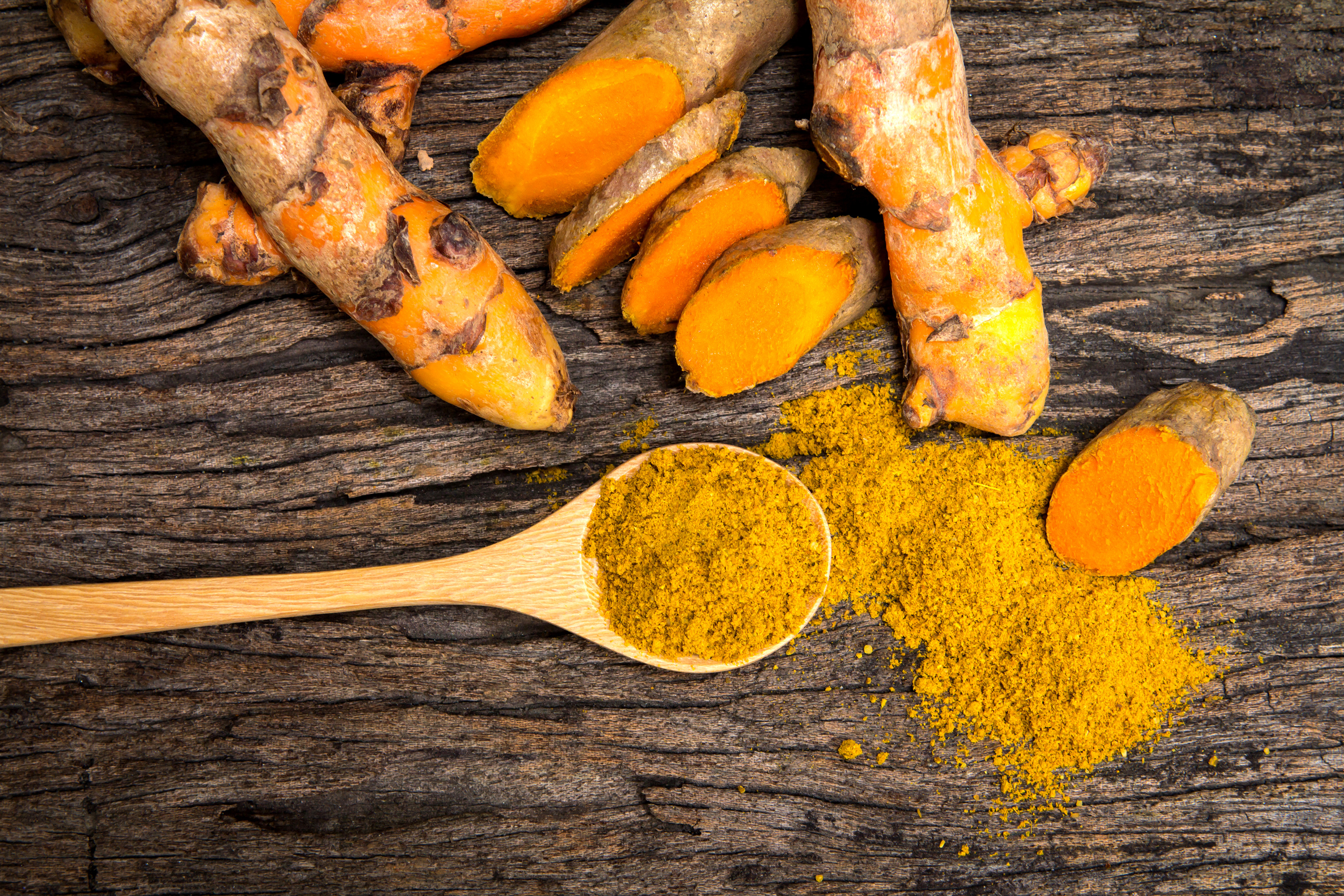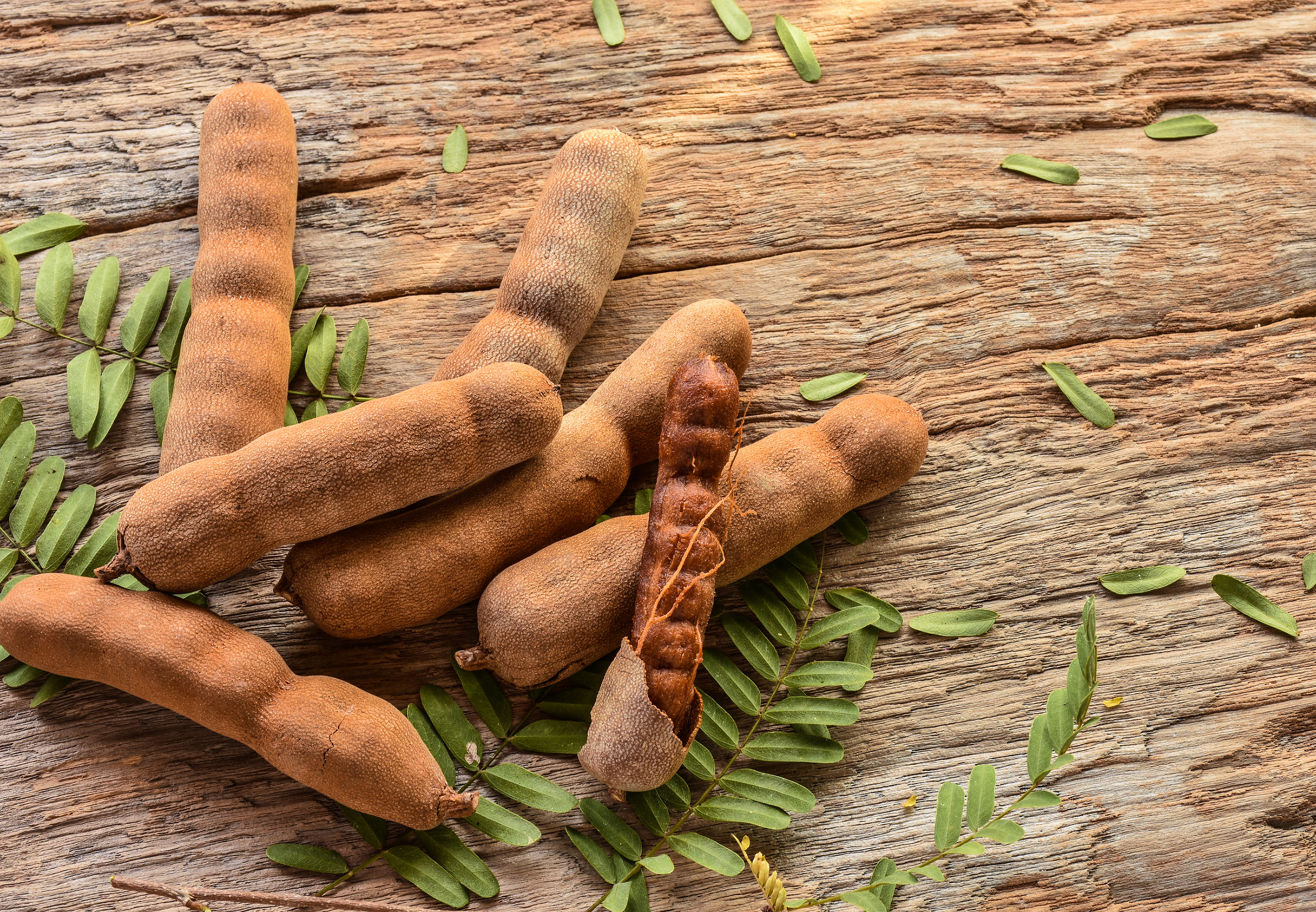Authenticity and transparency continue to drive 2018’s top trending flavors. Fewer trends embody this better than the surge of consumers searching out previously undiscovered global flavors from regions like Asia, India, Mexico and the Middle East.
While flavors like horchata and turmeric might not have much in common from a culinary perspective, what they do both share is that their origin story – or sense of place – is front and center.
To learn more about which global flavors are currently high on your customers’ radars, we highlighted our top three tastes below, as well as some insights into how to use them at your account.

Horchata
What is It: Horchata de arroz is a variety of rice milk beverages common throughout Mexico and Guatemala. A type of aguas fresca, horchata is often flavored with almonds, cinnamon sticks, cane sugar and sometimes vanilla as well. The drink is served over ice and it has recently become quite popular in the U.S., especially at taquerias in cities like Austin, Chicago, Los Angeles, New York and San Diego.
Why is it Trending: Today’s millennial consumers are searching for flavors that give them an authentic experience and a chance to feel a new sense of place. Few products have the power to transport consumers to the streets of Mexico City like a cold and sweet horchata. The large glass vessels of this milky white agua fresca are commonplace amongst the taquerias, panaderias and other vendors that line the streets in Mexico.
How to Use It: There are a handful of spirits, primarily vodkas and cream liqueurs that have bottled up the cinnamon, almond and rice flavors of horchata already, giving customers a handful of options at retail. For on-premise customers, those same flavors work well with rum-based drinks, and complement reposado and añejo tequila as well.

Turmeric
What is It: Turmeric is a powdered spice native to India and Southeast Asia, where it has been used as a culinary ingredient and color dye for thousands of years. The spice is created from dried turmeric root, which when seen unprocessed looks a lot like a root of ginger. This is not a coincidence as ginger, turmeric and cardamom are all members of the Zingiberaceae family. On the palate, turmeric is peppery, spicy and bitter while its aroma is milder and has notes of fresh ginger and orange.
Why is it Trending: In 2017, turmeric cracked the American Botanical Council’s Top 10 Herbs market report, and since then it has only continued to rise in popularity. According to the American Botanical Council, turmeric saw sales growth increase 85.5%, much of which is credited to the spice’s holistic benefit as an anti-inflammatory and turmeric’s antioxidant properties.
How to Use It: Turmeric’s peppy spice adds a dose of depth and exotic flavor to cocktails, as well a shot of color. Since turmeric is in the same family in ginger, it can be easily added to most mule variations, where the spice’s herbal punch provides a strong backbone to bright ginger beer. Turmeric also works well with rum-based tiki cocktails, tropical fruit juices and even some ciders.

Tamarind
What is It: Tamarind is a type of tree that grows in many tropical regions of the world, including East Africa, Southwest Asia, the Philippines, part of the Caribbean and Latin America. The tree produces a long, seedpod shaped fruit that contains an edible sweet and tart pulp. While there are more than 50 varieties of tamarind trees currently being cultivated, the differences between the trees can be hard to identify. As a result, most tamarind trees are classified into one of two categories: sweet or sour. The sweet variety is eaten raw, but it is the sour variety that is used to create drinks and flavorings.
Why is it Trending: According to The Nation’s Restaurant News, tamarind is still in its inception stage as a national trend, but it is quickly growing. As of 2017, tamarind can be found on 7% of all U.S. food and beverage menus, which is up 21% over the past four years. Tamarind is also a rising in popularity due more consumers exploring previously undiscovered Asian flavors.
How to Use It: It is best to use tamarind as a syrup, which can then be mixed into everything from a riff on the classic old fashioned to a tart and savory margarita. A little tamarind syrup can go along way, so it is best to start off experimenting with it by the half and quarter ounce, and then adding more from there.
Tamarind Syrup
Combine ¼ lb. of shelled tamarind pods with 2 cups of water, then bring to a low boil. Simmer until the fruit separates from the seeds. Strain the solids out and add liquid back to heat. Add 2 cups of demerara sugar and simmer until dissolved. Add extra water if syrup becomes too thick. Store in the refrigerator for up to two weeks.